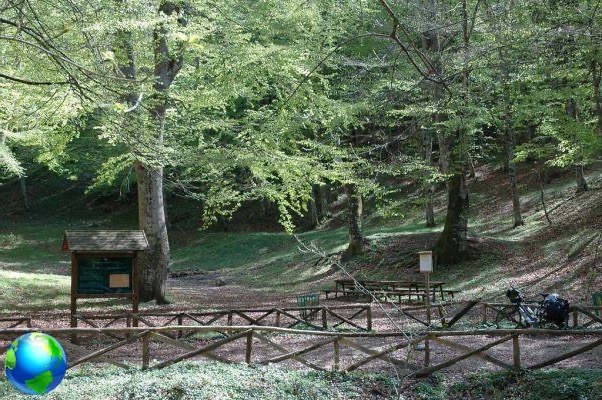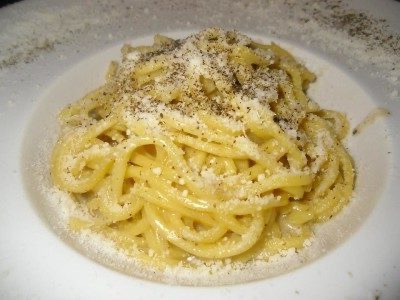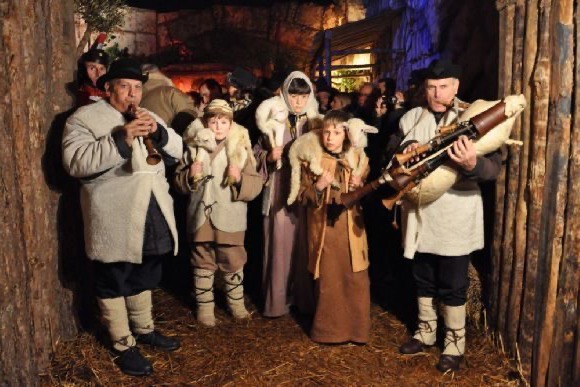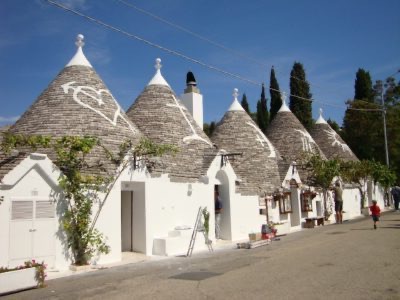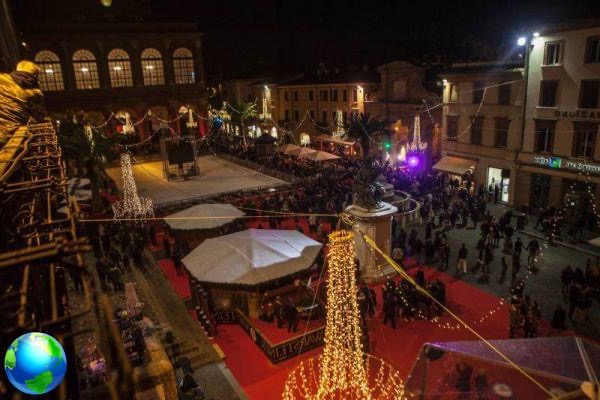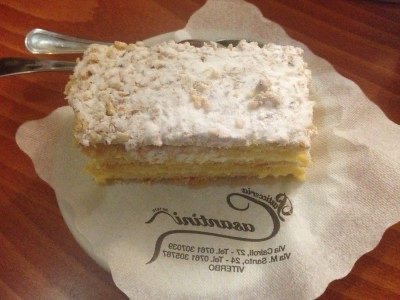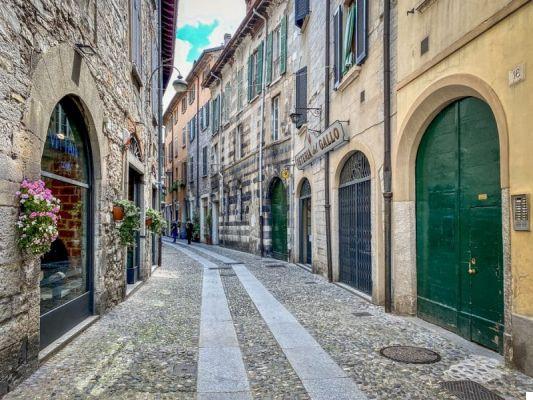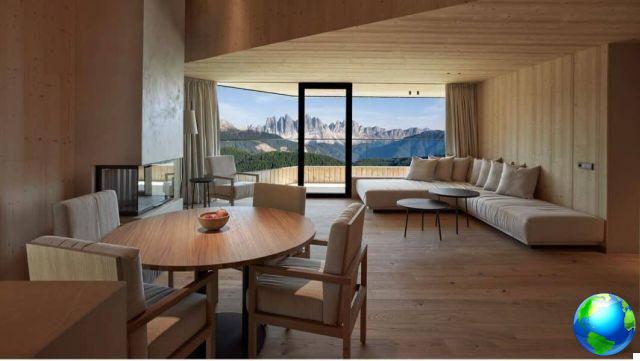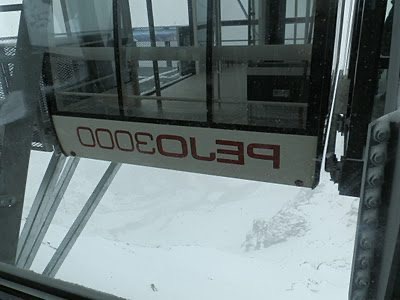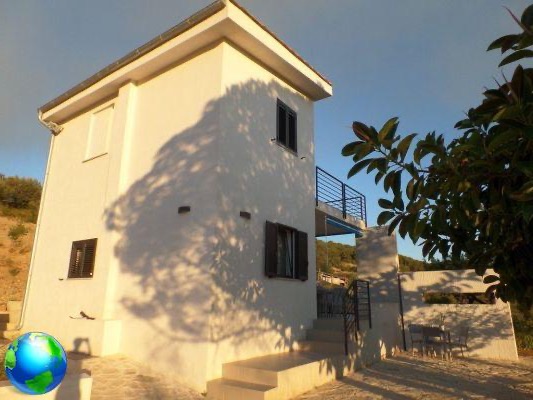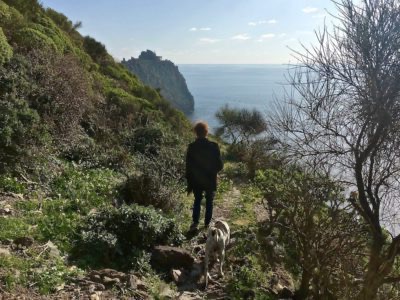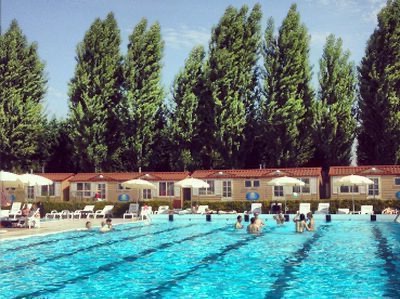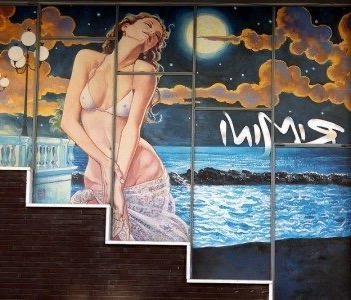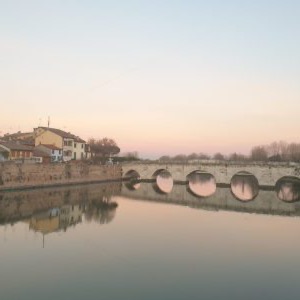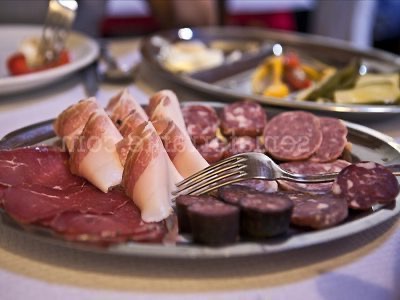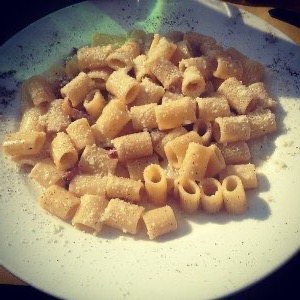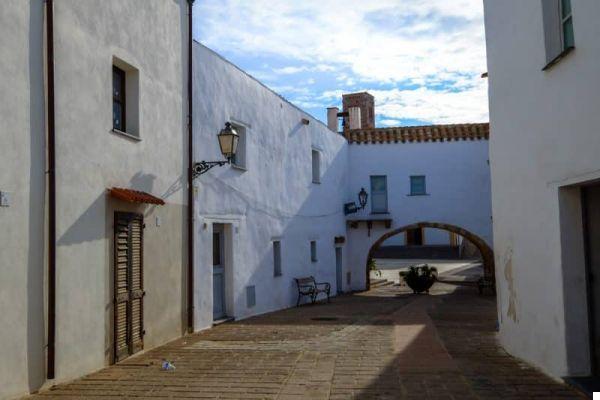A trip to the Alcantara Valley, to discover important Byzantine constructions related to sacred architecture: ready to discover eastern Sicily?
Sicily, an island in the center of everything, a land of landing, of diversity, a cauldron of mixture of peoples and cultures. Due to its strategic position in the heart of the world, it served as a battlefield for the troops of theWestern Roman Empire and that of the East and then annexed to the latter in 535 and became part of theByzantine Empire.
In Eastern Sicily - in particular - near the Alcantara Valley, the remains of important Byzantine constructions, strictly linked to sacred architecture, are found Cube.
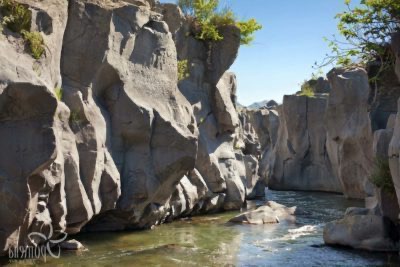
What are Cubes
The Cubes are religious buildings with essential lines, most characterized mainly by a square / rectangular plan and a trefoil pattern, that is with three apses (trichore) or by a rectangular plan with a single nave and, often, a central dome.
According to many, their name derives from the presence of the dome: qubba, in fact, in Arabic means dome. According to others, however, the name could derive from their cube shape and
in this case from the Arabic term cupah, cube.
However, the etymology of the term is still uncertain as not all Byzantine cube are cube-shaped nor do they all have a dome.
Despite little news about these buildings, the cube deserve to be visited at least once.
Where are
The main and even more intact Cube are located near Randazzo (CT), Malvagna (ME) and Castiglione di Sicilia (CT).
Our mini tour will have as starting point Piazza Loreto di Randazzo (CT).
Three Cube that can be visited
We will go to discover three of the Byzantine Cube that can be visited and easily accessible, namely the Cuba of Imbischi in Randazzo, the one located in Malvern and finally the Cuba on Santa Domenica in Castiglione di Sicilia.
The first destination is about 12 minutes by car from the starting point. We will cross the SS120 / Via Giuseppe Bonaventura, pass the crossroads of Santa Domenica and continue until we take the SP89 on the left towards Mojo Alcantara for about 6 km. Our destination will be on the
left.
1. The Cuba of Imbischi
The Cuba of Imbischi is located on a bank of the Alcantara river and is characterized by a rectangular plan and an apse. Of Cuba, almost certainly with a single nave, the
northern wall and the apse mentioned above; everything else has been lost.
The apse is made up of ashlars of lava stone and its front is formed by a large round arch also made up of blocks of lava stone.
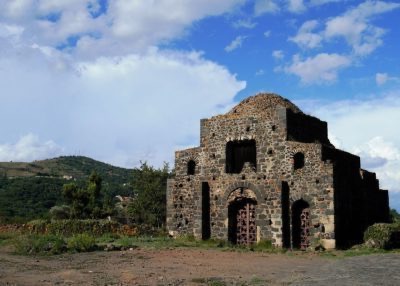
After the first visit we will take the SP2 from here and then take the second exit at the roundabout towards the SP3. We will then take the Via Vanella Mojo which we will travel for about a km until our second destination which will be on the right.
2. The Cuba Tricora of Malvagna
The Tricora di Malvagna is a cell with a square base on which on the sides there are three semicircular apses surmounted by the dome made of monice blocks. The dome, on the other hand, is made up of eleven rows of blocks of lava covered with mortar; the walls of limestone blocks. The internal compartment
it welcomes the light coming from the two windows located above the arches of the apses.
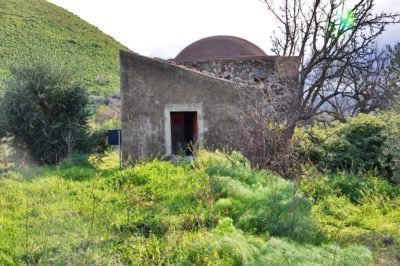
After our second visit, we will go back along the Via Vanella Mojo and follow the SP1 until we reach Contrada Nemmi / Str. of Etna wine. Along the way, we will find the signs that will lead us to the Cuba of Castiglione di Sicilia.
The Cuba of Santa Domenica in Castiglione di Sicilia
The Cuba of Santa Domenica has become National Monument from 31 August 1909. It has a Greek cross with a square plan, dome and three apses (clover church). The rear apse has a mullioned window facing east so that during the Easter vigil the light of the moon, entering through the opening, would start Easter. The other two apses contained a small chapel each.
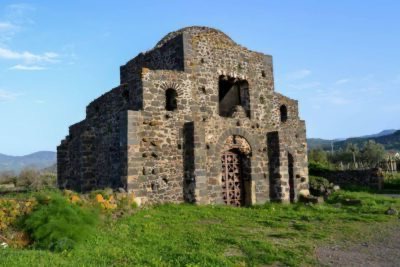
Cuba built with stone, lava blocks, mortar and terracotta, was rich in frescoes that are now lost. The facade has two orders. In the first there is the main entrance which is characterized by an arch. In the second order there are two windows and a mullioned window, now ruined. According to some scholars, the façade was preceded by a portico while the roof and flooring were in terracotta.
Inside the three naves divided by a series of pillars, the dome is enriched with cross vaults and traces of original plaster. Cuba, partially restored in 1959, was used mostly as a sheepfold and is one of the most prominent examples of domed churches.
In addition to these main Cubes, there are two others of lesser importance: the Cuba of Santa Anastasia and that of Jannazzo near Randazzo.
The Cuba of Santa Anastasia in Randazzo
Of this Cuba only the main apse and part of the side walls remain. It was probably quite large and had three naves with a wooden roof. At present, Cuba is reduced to a ruin covered with ivy and therefore it is impossible to exactly reconstruct the original plant.
The Cuba of Jannazzo between Randazzo and Castiglione di Sicilia
It is the best preserved Cuba and has a single nave basilica plan, but it has been restored and adapted to a farm building, thus compromising its original appearance. It can be called the forgotten Cuba because there are few scholars who have paid attention to it and who have therefore studied it seriously.




